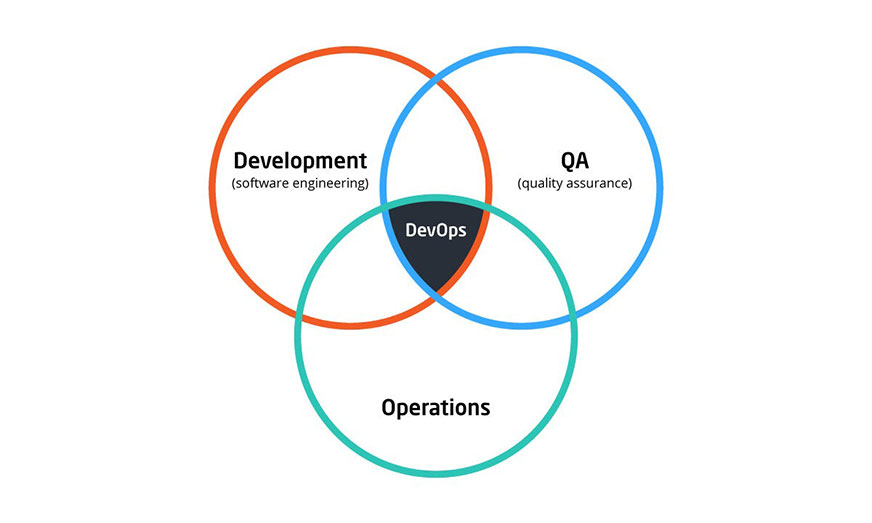DevOps isn’t just about deploying faster — it’s about deploying smarter. For engineering managers, senior developers, and QA leads, one of the biggest challenges is aligning the goals of development, testing, and operations without compromising code quality. In this article, we’ll explore how DevOps and code quality intersect, why code quality must become a shared responsibility, and how to practically integrate quality-centric practices into your DevOps pipelines.
Why DevOps Is Not Just About Speed
Too often, DevOps is mistakenly equated with speed: faster builds, quicker deployments, and shortened feedback loops. But speed without quality leads to fragile releases, tech debt, and user frustration. True DevOps success lies in achieving a balance — delivering value continuously while preserving the integrity, maintainability, and security of the codebase.
That’s why code quality must be treated not as a secondary concern, but as a fundamental DevOps objective.
Code Quality as a DevOps Metric
Code quality is a measurable aspect of DevOps maturity. It’s not just a “dev problem” or a QA checklist item — it’s a core part of the delivery pipeline. High-performing DevOps teams treat quality as a first-class metric alongside deployment frequency and mean time to recovery (MTTR).
Key code quality indicators to monitor within DevOps pipelines include:
- Static Code Analysis Results: Number of code smells, cyclomatic complexity, adherence to standards.
- Automated Test Coverage: Unit, integration, and end-to-end coverage ratios.
- Linting Violations: Tracked as part of pull request validations.
- Defect Leakage Rate: How many bugs escape to staging/production.
Integrating these metrics into dashboards and CI/CD reports ensures that quality stays visible and actionable.
Shared Goals: Speed, Maintainability, and Security
One of the fundamental challenges DevOps helps solve is siloed thinking — where development pushes for velocity, QA demands stability, and ops focuses on uptime. This misalignment leads to conflict and inefficiency.
By creating shared goals across departments, teams can operate under a unified strategy:
- Speed: Automate as much as possible while maintaining confidence in quality.
- Maintainability: Prioritize readable, modular code to reduce regression risks.
- Security: Include static analysis and dependency scans as part of CI/CD.
DevOps enables cross-functional collaboration by providing transparency, automation, and fast feedback loops — all of which support shared ownership of quality.
Implementing Quality Practices into DevOps
To truly align DevOps with code quality, teams must go beyond “tools-first” thinking and embed quality-focused habits throughout the pipeline. Here’s how:
1. Linting and Static Code Analysis
Tools like ESLint, SonarQube, and Checkstyle catch stylistic and structural issues early. Integrate them into your CI so every push and PR is analyzed automatically. Set thresholds for blocking builds based on code quality scores.
2. Unit Testing and TDD
Unit tests are the foundation of code confidence. Encourage a test-driven development (TDD) mindset where feasible. Use frameworks like pytest, JUnit, or xUnit and require a minimum test coverage percentage for all merges.
3. Shift-Left Testing
Involve QA early by using shift-left strategies. Build test plans alongside stories, and run integration tests before code even reaches staging. Leverage tools like Cypress or Selenium for continuous UI testing.
4. Code Reviews and Pair Programming
Peer reviews are a powerful tool for improving code quality. Make them a required part of the DevOps flow. Tools like GitHub, GitLab, and Bitbucket offer inline suggestions, and plugins can enforce code review approvals before merges.
5. Security Checks and Dependency Scans
Don’t forget security. Use tools like Snyk, OWASP Dependency-Check, and npm audit to ensure libraries and packages are safe. Integrate these into your pipeline and fail builds if vulnerabilities are detected.
What Happens When You Don’t Align
Failure to align DevOps and code quality leads to a long list of issues: firefighting in production, frustrated QA teams, missed release windows, and costly rework. In contrast, teams that embed quality early in the pipeline gain confidence, reduce incident rates, and deploy more frequently with fewer rollbacks.
Team Alignment Checklist
Here’s a quick checklist for aligning your team around DevOps and code quality:
- Shared definition of “done” includes automated tests and code review
- Linting and static analysis run on every commit
- Quality metrics are tracked in dashboards (e.g., SonarQube, Datadog)
- QA is involved early through shift-left practices
- All code is reviewed and approved by peers before merging
- CI/CD pipelines include security and performance checks
- Regression tests are part of every build
Real-World Example
A fintech startup struggling with late-stage bugs adopted automated unit testing and pre-merge linting as part of their DevOps workflow. Within three sprints, their defect leakage dropped by 40%, and their deployment success rate increased from 85% to 97%. By focusing on quality first, speed followed naturally.
Conclusion: Code Quality is Everyone’s Job
DevOps is more than infrastructure automation — it’s a cultural shift that turns quality into a shared goal. By embedding linting, testing, code review, and analysis into your delivery pipeline, you ensure that speed never comes at the cost of stability. For a deeper dive into practical steps, check out DevOps and Code Quality.
Teams that align around quality not only ship faster — they build better software.

Leave a Reply